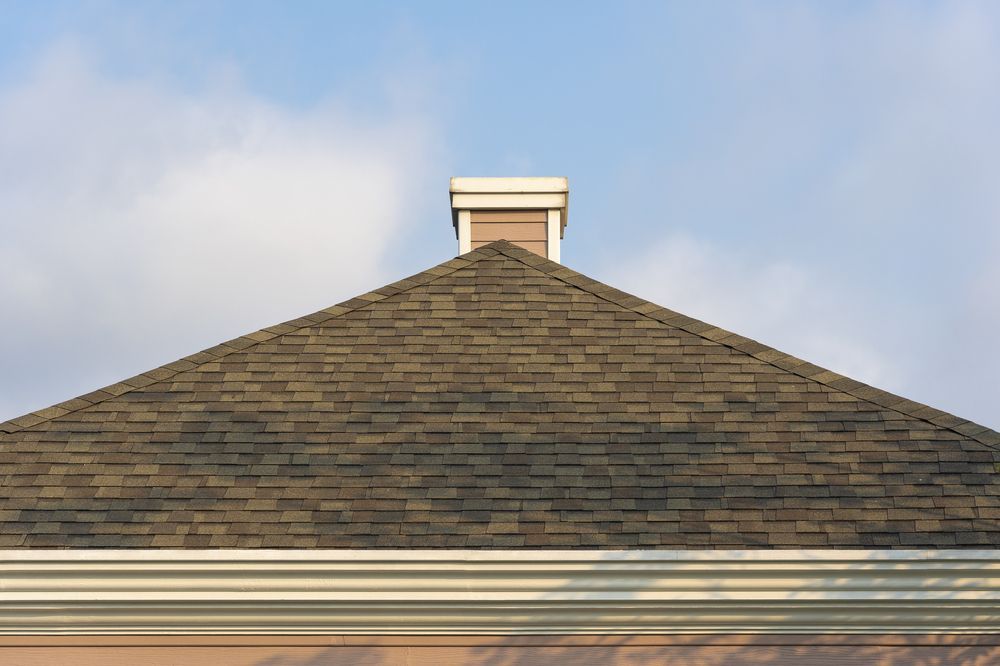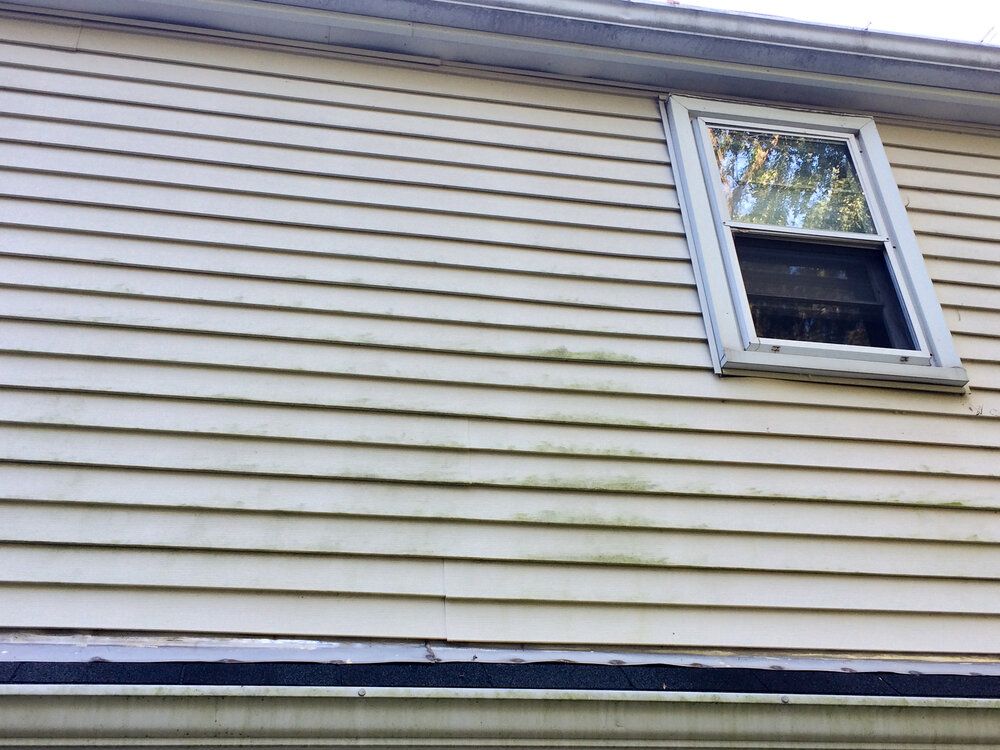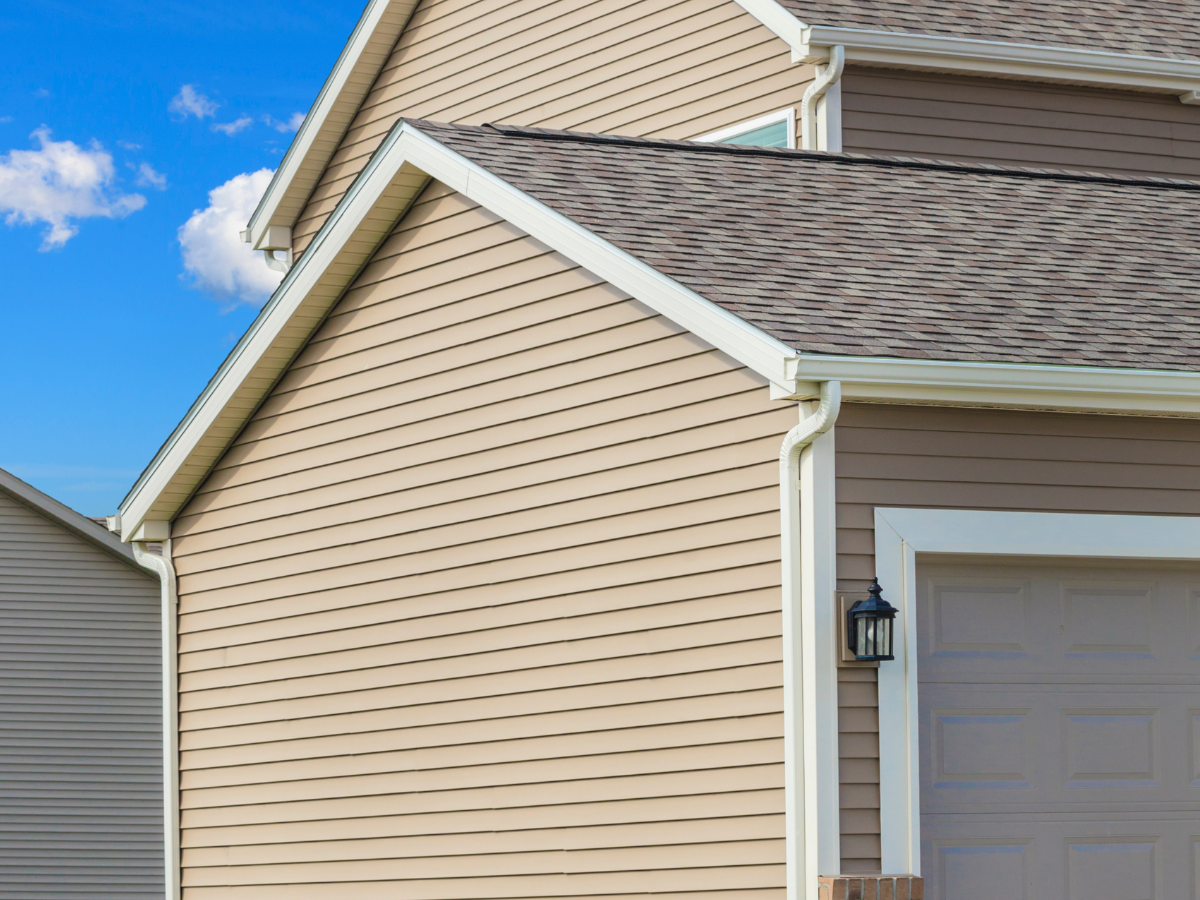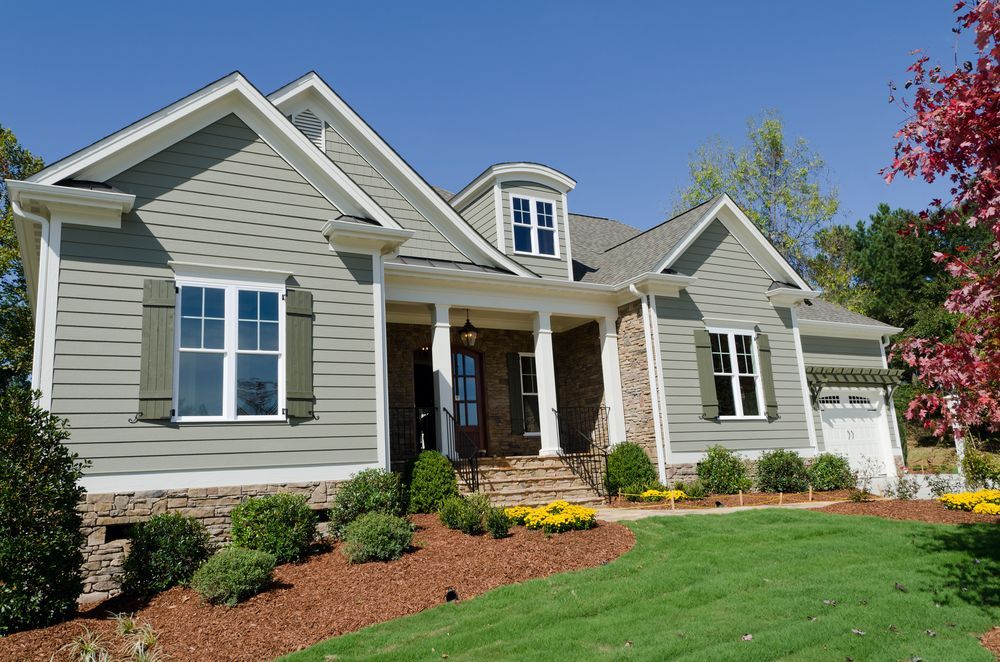What color shingle roof lasts the longest in Indiana?
Which shingle roof color has the longest lifespan in Indiana?
Choosing the
right color for a shingle roof is not just about aesthetics or complementing the exterior of your home. In places like Indiana, where the weather can swing from intense summers to frigid winters, the color of your roofing shingles can also significantly impact their longevity and efficiency. This post delves into how different colored shingles perform under Indiana's unique climate conditions and which colors can offer the most durability over time.
Understanding the Impact of Color on Shingle Roofs
Roof shingle color can influence two key aspects of a roof's performance: its ability to reflect solar heat and its susceptibility to UV damage. Light-colored shingles are generally known for their reflective properties, while dark-colored shingles absorb more heat. This basic distinction plays a crucial role in determining the lifespan of your roof in Indiana.
Solar Reflectivity and Heat Absorption
In Indiana, the summer sun can be quite intense, leading to significant heat accumulation in attics and upper floors of homes. Light-colored shingles, such as white, light gray, and tan, reflect more sunlight and absorb less heat compared to their darker counterparts. This not only helps in keeping cooling costs down but also reduces the thermal aging of the shingles caused by excessive heat.

Solar Reflectivity and Heat Absorption
In Indiana, the summer sun can be quite intense, leading to significant heat accumulation in attics and upper floors of homes. Light-colored shingles, such as white, light gray, and tan, reflect more sunlight and absorb less heat compared to their darker counterparts. This not only helps in keeping cooling costs down but also reduces the thermal aging of the shingles caused by excessive heat.
Conversely, dark-colored shingles absorb more heat, which can speed up the degradation of roofing materials over time. However, during the colder months, this heat absorption can be beneficial as it helps melt snow and ice off the roof more quickly, potentially preventing ice dams—a common issue in Indiana winters.
UV Damage and Material Degradation
UV rays from the sun can cause significant damage to roof shingles, regardless of their color. However, darker shingles might show less visible fading over time compared to lighter ones. UV-induced degradation isn't just about aesthetics; it can affect the physical integrity of the shingles. Modern roofing materials often include UV inhibitors, which can help reduce this damage, but the fundamental color effects still apply.
Longevity of Different Shingle Colors in Indiana
Considering Indiana's climate, homeowners need to strike a balance between thermal efficiency and material durability. Here’s how different shingle colors stack up:
Light-Colored Shingles
Pros:
- Better reflectivity leading to cooler roofs in summer and reduced air conditioning costs.
- Less thermal degradation over time, which can extend the life of the shingles.
Cons:
- Potential for visible staining from algae and mold, which can be more pronounced than on darker roofs.
- May require more frequent cleaning to maintain aesthetic appeal.
Dark-Colored Shingles
Pros:
- Absorb heat which can aid in snow and ice melting in the winter.
- Less visible staining and fading compared to lighter colors.
Cons:
- Higher heat absorption can lead to faster aging and degradation in hot weather.
- Increased cooling costs during the summer months.
Making the Right Choice
When selecting the color of your shingle roof in Indiana, consider the following factors:
- Climate: Evaluate the typical weather patterns in your area. If your home is in a region that experiences harsh summers, lighter shingles might be more beneficial.
- Insulation and Ventilation: Effective attic insulation and ventilation can mitigate some of the downsides of dark shingles by managing heat buildup.
- Aesthetic and Resale Value: Consider what colors complement your home’s exterior and the potential impact on resale value. Neutral colors tend to appeal to a broader audience.
- Local Regulations and Homeowners Association Rules: Some areas may have regulations or HOA rules that dictate roof colors.
In conclusion, the best shingle color for longevity in Indiana largely depends on your specific location, home’s architectural style, and personal preferences. Lighter-colored roofs tend to last longer due to their ability to reflect heat, reducing thermal wear and tear. However, the benefits of dark-colored shingles during the winter months cannot be overlooked. Consulting with a professional roofing company in Fort Wayne can provide you with tailored advice, taking into account the specifics of your home and local climate. This way, you can choose the most durable and efficient color for your new roof.
Contact Us To Help
If you're concerned about any of these roofing issues or just want peace of mind about the condition of your roof, reach out to Faze Roofing.
Our experienced and Fort Wayne roofing company is ready to provide a comprehensive inspection and offer you a detailed quote tailored to your specific needs. Don't wait until it's too late—contact us today and ensure your home is protected with a roof built to last.
You might also like
Fort Wayne Roofing by Faze Blog
More PostsWe're Here To Help With Your Roof!
Schedule a consultation with one of our Fort Wayne roofers today!
Address
2759 Freeman St
Fort Wayne, IN 46802
Call
All Rights Reserved | Fort Wayne Roofing by Faze | Created By Revio Marketing




